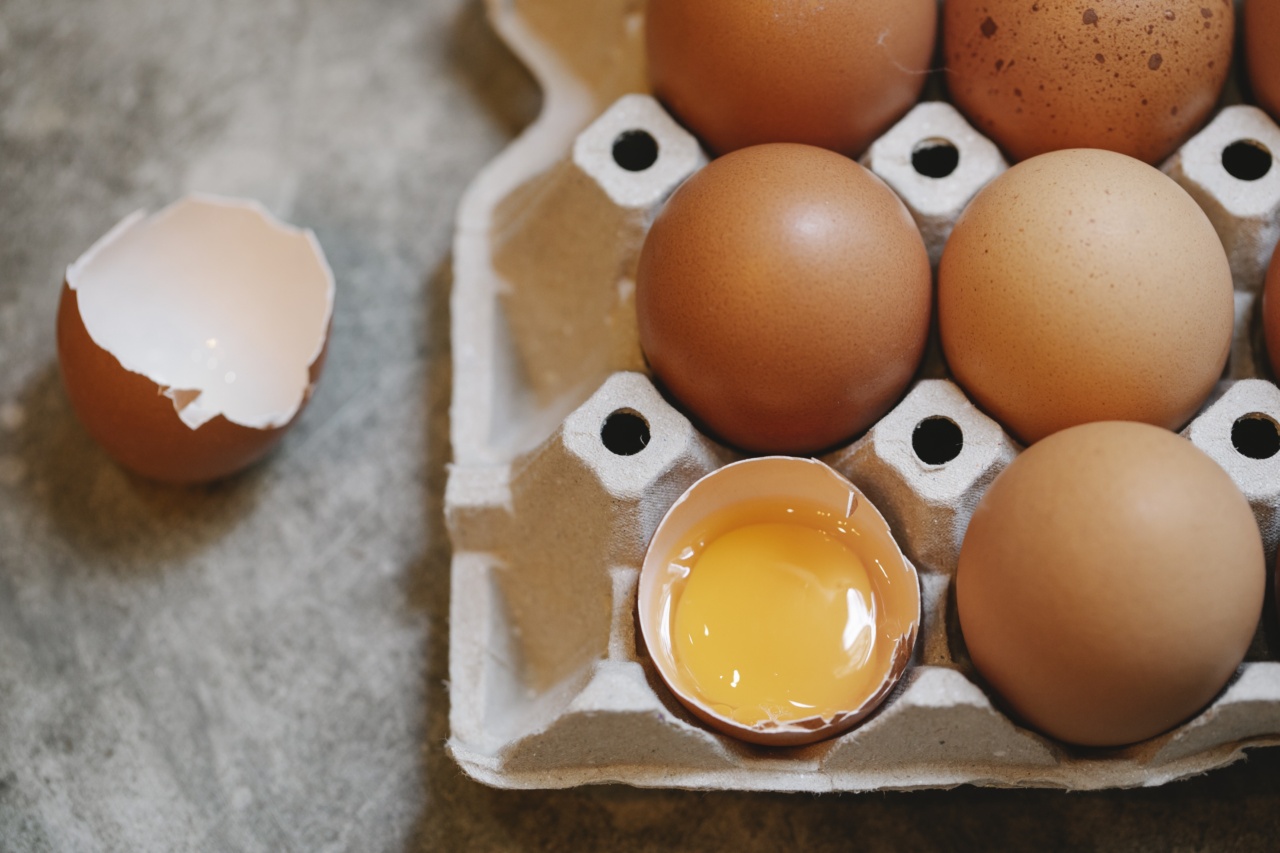A stroke is a serious condition that occurs when the blood supply to the brain is interrupted or reduced, depriving the brain of much-needed oxygen and nutrients. Stroke can lead to disability, loss of independence and even death.
While there are risk factors for stroke that cannot be controlled, such as age, family history and ethnicity, there are also risk factors that can be managed, such as high blood pressure, high cholesterol, smoking, diabetes and poor diet. Eating a healthy diet that includes certain foods can help reduce the risk of stroke. Here are some foods that pack a punch against stroke.
Oily fish
Oily fish such as salmon, mackerel, trout, herring and sardines are rich in omega-3 fatty acids, which provide a host of health benefits, including reducing the risk of stroke.
Omega-3 fatty acids have anti-inflammatory properties, which can reduce the risk of blood clots and improve blood flow. Aim to eat oily fish at least twice a week. If you’re not a fan of fish, you can consider taking an omega-3 supplement.
Leafy green vegetables
Leafy green vegetables such as spinach, kale, collards, and mustard greens are loaded with vitamins, minerals, and antioxidants, and are low in calories. They are also rich in nitrates, which can help lower blood pressure.
High blood pressure is a major risk factor for stroke, so eating leafy greens can help reduce the risk of stroke. Aim to eat at least one serving of leafy greens every day.
Whole grains
Whole grains such as whole-wheat bread, brown rice, quinoa, and oats are high in fiber, which can help reduce cholesterol levels and lower the risk of stroke. Aim to eat at least three servings of whole grains every day.
Fruits and vegetables
Fruits and vegetables are a great source of vitamins, minerals, and antioxidants, and are low in calories. Eating a variety of colorful fruits and vegetables can help reduce the risk of stroke.
Aim to eat at least five servings of fruits and vegetables every day.
Nuts and seeds
Nuts and seeds such as walnuts, almonds, flaxseeds, and chia seeds are high in fiber, protein, healthy fats, and antioxidants. They are also rich in magnesium, which can help lower blood pressure.
High blood pressure is a major risk factor for stroke, so eating nuts and seeds can help reduce the risk of stroke. Aim to eat a handful of nuts or seeds every day.
Dark chocolate
Dark chocolate is rich in flavonoids, which have antioxidant and anti-inflammatory properties that can help improve blood flow and reduce the risk of blood clots.
Aim to eat dark chocolate that is at least 70% cocoa, and limit your intake to one ounce per day.
Avocado
Avocado is a great source of healthy fats, fiber, vitamins, and minerals. It is also rich in potassium, which can help lower blood pressure. High blood pressure is a major risk factor for stroke, so eating avocado can help reduce the risk of stroke.
Aim to eat half an avocado every day.
Turmeric
Turmeric is a spice that contains curcumin, which has antioxidant and anti-inflammatory properties that can help reduce the risk of blood clots and improve blood flow. Aim to add turmeric to your meals or take it in supplement form.
Green tea
Green tea contains catechins, which have antioxidant and anti-inflammatory properties that can help reduce the risk of blood clots and improve blood flow. Aim to drink at least three cups of green tea per day.
Garlic
Garlic contains allicin, which has antioxidant and anti-inflammatory properties that can help reduce the risk of blood clots and lower blood pressure.
High blood pressure is a major risk factor for stroke, so eating garlic can help reduce the risk of stroke. Aim to add garlic to your meals.































